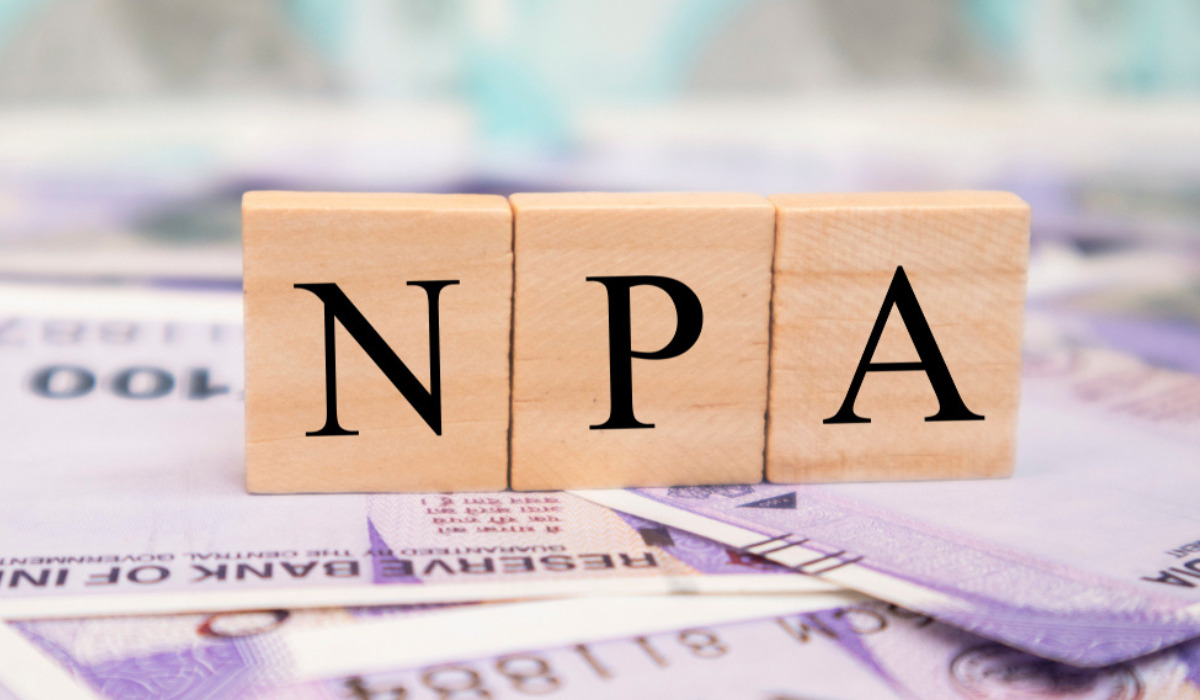Stress tests show banks would be able to comply with minimum capital requirements under severe stress
Mumbai, NFAPost: The asset quality of banks continues improving: gross non-performing asset (NPA) ratio is at its best in a decade and net non-performing ratio at 1 per cent—the lowest since Financial Year 2010-11, data released by Reserve Bank of India (RBI) showed.
The capital adequacy ratio of banks is at a historical high, said RBI’s bi-annual Financial Stability Report.
Banks are doing well alongside moderating inflation, narrowing current account deficit, rising foreign exchange reserves, fiscal consolidation and a robust financial system helping India’s economic growth.
“Healthy balance sheets of banks and corporates are engendering a new credit and investment cycle and brightening the prospects of the Indian economy,” said the report.
The gross NPA ratio of commercial banks was 3.9 per cent as on March 31, 2023 compared to 5.9 per cent a year ago. Net NPA ratio was at 1 per cent, compared to 1.7 per cent a year ago.
“The capital to risk-weighted assets ratio (CRAR) and the common equity tier 1 (CET1) ratio of scheduled commercial banks (SCBs) rose to historical highs of 17.1 per cent and 13.9 per cent, respectively, in March 2023,” said the report.
Macro tests for credit risk found that commercial banks would be able to comply with the minimum capital requirements under severe stress scenarios.
The system-level capital to risk-weighted assets ratio (CRAR) in March 2024, under baseline, medium and severe stress scenarios, is projected at 16.1 per cent, 14.7 per cent and 13.3 per cent, respectively.





